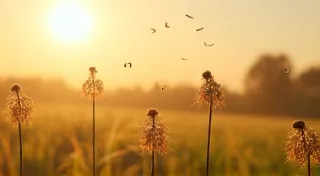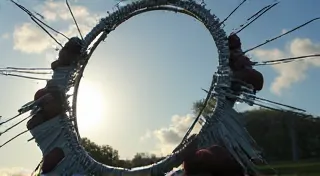The Cartography of Humor: Finding the Funny in Regional Dialects
There's a certain melancholy beauty in an antique accordion. Not the booming, celebratory kind, but the quiet, dusty beauty of a forgotten heirloom. My grandfather, a taciturn man from rural Pennsylvania, played one. Not beautifully, mind you. More like a series of heartfelt, slightly off-key bellows and wheezes. He’s gone now, but the memory of that accordion, and his particular brand of Pennsylvania Dutch-tinged humor, remains remarkably vivid. It struck me recently, listening to a recording of a Yorkshire man telling a joke, just how intrinsically linked laughter, humor, and regional dialects are – a cartography of funny, if you will, mapped across language and landscape.
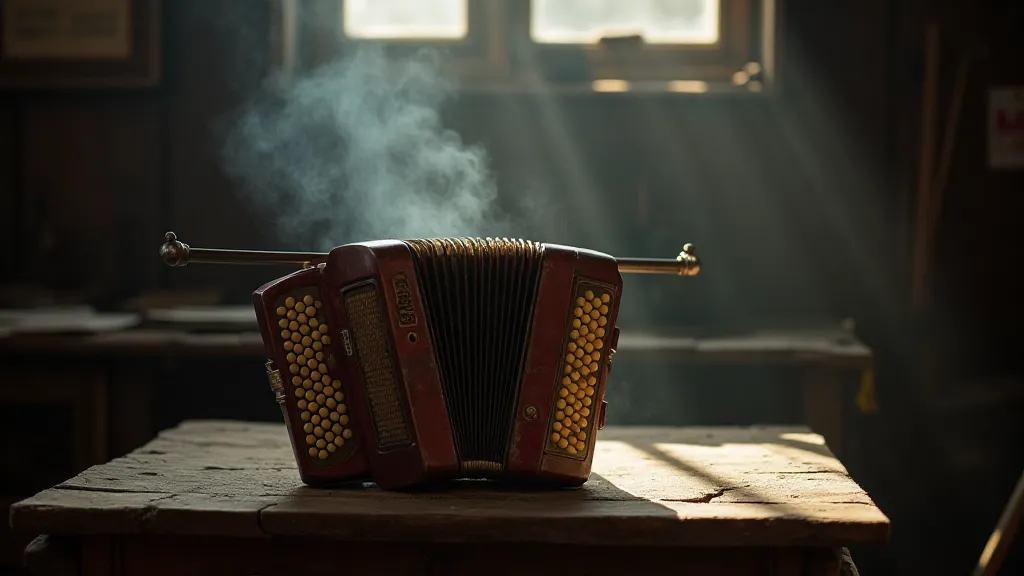
The Roots of Regional Humor
Humor, at its core, relies on surprise, incongruity, and a shared understanding. Regional dialects offer a rich field for all three. Consider a word that means one thing in one county and another entirely in a neighboring one. A simple misunderstanding, born of linguistic divergence, can be a potent source of laughter. This isn’s just about vocabulary; it’s about cadence, rhythm, and even the subtle inflections that shape meaning. Think about the dry wit of a Mancunian, the lilting melody of a Cornish speaker, or the blunt directness of a Glaswegian. Each carries a particular comedic flavor. These subtle differences and the complex ways they’re interpreted can be incredibly fascinating, and often prompt questions about the history behind them. In many cases, understanding the origins of these phrases can unlock a whole new appreciation for the humor they generate – something that untangling the vines of obscure dialectal phrases can often reveal.
Historically, the isolation that fostered these dialects—mountains, rivers, sprawling farmland—also created pockets of unique culture and custom. Isolated communities developed their own jokes, stories, and ways of expressing themselves, often poking fun at the differences between them. These weren’t malicious jabs; they were a form of social bonding, a way to solidify a shared identity. Think about the bawdy ballads of the West Country, or the rhyming slang of London’s East End – each a testament to the creativity and resilience of the communities that birthed them.
Beyond Simple Misunderstandings: The Art of the Anecdote
The truly brilliant regional humor isn’t just about mistaking “far” for “fur” (a classic example often cited regarding Northern England). It’s about the art of the anecdote, the carefully constructed story told with the cadence and phrasing particular to a region. It's the subtle exaggeration, the knowing glance, the shared context that elevates a simple observation into something genuinely funny. A Yorkshireman’s story about a particularly stubborn sheep, told with his characteristic dry delivery and a precise rendering of the local landscape, is far more amusing than a generic tale of farm life.
This connection to place is crucial. Humor is often rooted in shared experience. Growing up in Pennsylvania, I heard countless stories about stubborn mules, runaway hogs, and the peculiarities of the local farmers – each tale told with a twinkle in the eye and a particular drawl. It wasn’s just the content of the stories that was funny; it was the way they were told, the emphasis on certain words, the subtle shifts in tone. These nuances were lost on those unfamiliar with the dialect, but for those who shared the cultural context, they were the key to the humor. This complexity, this interwoven tapestry of language and identity, contributes significantly to the rich cultural heritage that is often threatened by homogenization. The evolution of language is a fascinating area, and the role of technology in either preserving or eroding dialectal variations is a critical consideration – a topic deeply explored in Resonance and Rupture: The Role of Technology in Preserving or Threatening Regional Speech.
The Delicate Craft of Restoration: More Than Just Repairs
My grandfather's accordion, like many antique instruments, was more than just a musical device; it was a repository of memories and cultural heritage. Restoring it isn’s just about replacing bellows and repairing keys; it’s about preserving a piece of history, understanding the craftsmanship that went into its creation, and appreciating the stories it holds. Similarly, when we study regional dialects, we’re not just analyzing linguistic patterns; we’re uncovering layers of cultural meaning.
The craftsmanship involved in building an accordion is remarkable. Each key, each reed, each strip of leather is meticulously crafted and assembled. It’s a skill passed down through generations, a testament to the ingenuity and dedication of the artisans who built these instruments. Restoration requires not just technical expertise but also a deep appreciation for the original design and the history of the instrument. The same dedication is needed to preserve dying dialects – ensuring their nuances and cultural richness are not lost to homogenization. It’s a recognition that language isn’t merely a tool for communication, but a powerful symbol of identity and belonging, something intimately linked to a community's heritage. In fact, the strength of that connection - how language acts as a kind of shield or defense for local identities - is a fascinating subject examined in Dialect as Armor: Linguistic Identity and the Defense of Local Heritage.
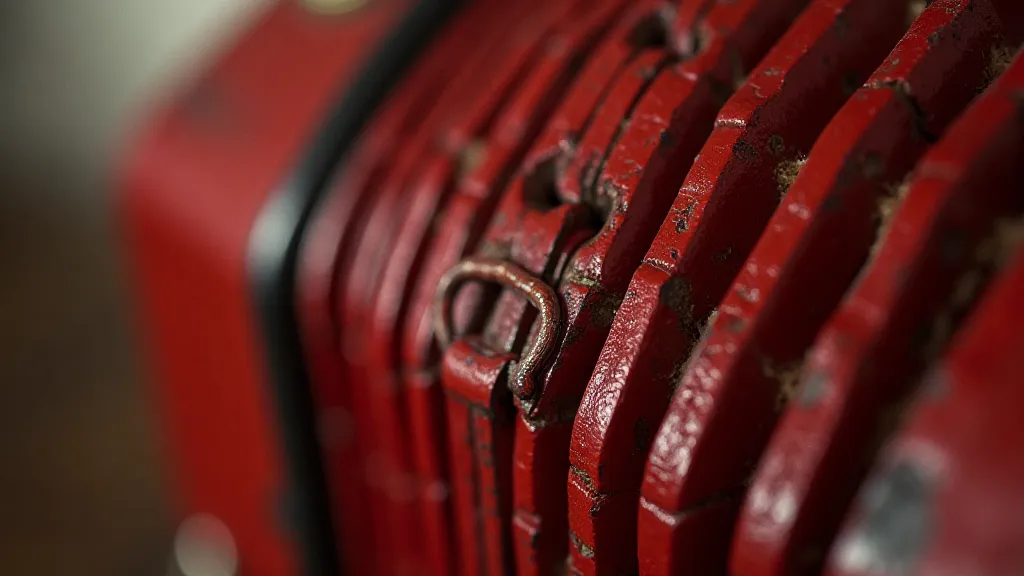
The Erosion of Dialect and the Loss of Laughter
The rise of mass media and increased mobility have undoubtedly contributed to the erosion of regional dialects. While exposure to different accents and linguistic patterns can be enriching, it also poses a threat to the preservation of unique dialects. As younger generations are exposed to standardized language and globalized culture, they are less likely to actively use or transmit their local dialects. This isn’s necessarily a negative thing; language is constantly evolving. However, it does mean that we risk losing a valuable piece of our cultural heritage, including the unique humor that springs from those dialects.
Imagine a world where everyone speaks in the same, bland accent. The subtle differences that make regional humor so charming – the unexpected phrases, the idiosyncratic expressions, the distinctive rhythms – would vanish. The laughter would become homogenous, predictable, and ultimately less rewarding. There’s a beauty in the imperfections, in the quirks and eccentricities of human expression. Preserving these linguistic landscapes isn’t about clinging to the past; it’s about celebrating the richness and diversity of human culture. This process of linguistic evolution creates narratives that are inseparable from the cultures that generate them. Understanding how regional dialects shape and are shaped by narrative identity is an incredibly important lens through which to view this phenomenon – a perspective thoroughly explored in The Loom of Language: Weaving Together Regional Dialects and Narrative Identity.
The Enduring Power of Place and Storytelling
The loss of dialect isn't just a linguistic concern; it's a cultural one. Dialects are intertwined with place, history, and social identity. They represent a unique perspective on the world, and they offer a window into the values, beliefs, and experiences of a community. When a dialect fades, a part of that cultural heritage disappears with it. This is why efforts to document and preserve regional dialects are so important – they’re not just about saving words; they’re about safeguarding cultural memory.
Consider the stories told around kitchen tables, the jokes shared among friends, the songs sung at community gatherings. These are the moments when dialect comes alive, when it’s used to express joy, sorrow, humor, and connection. They’s the threads that weave together the fabric of a community, creating a sense of belonging and shared identity. And those narratives, those stories, are fundamentally shaped by the dialect itself. The cadence, the vocabulary, the very rhythm of the language – all contribute to the unique flavor of the storytelling experience. Without these nuances, the stories lose their magic.
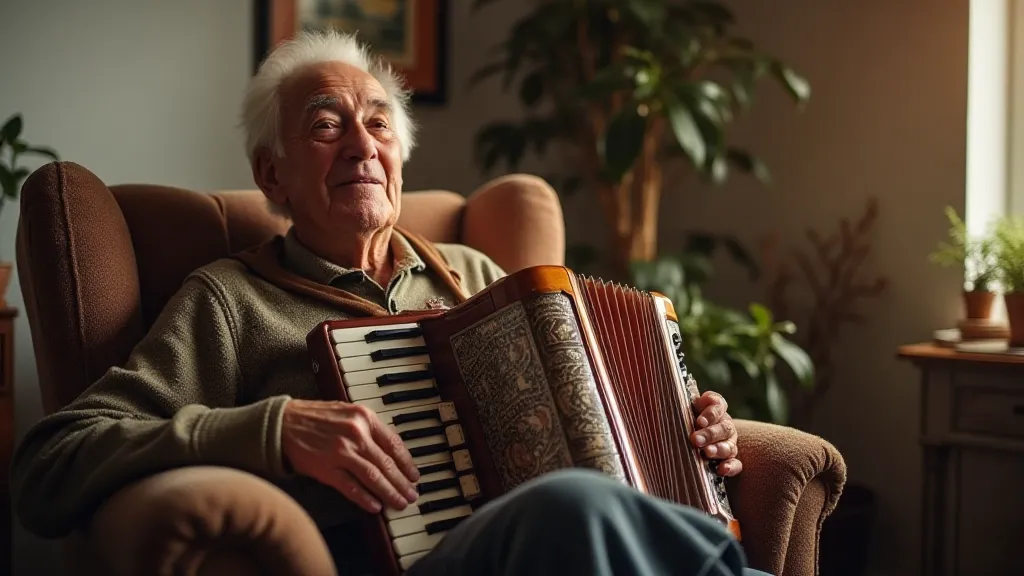
Finding the Funny: A Continued Appreciation
Listening to my grandfather’s off-key accordion playing, or hearing a local storyteller deliver a perfectly timed joke, always evoked a sense of connection to my roots. It was a reminder of the importance of preserving the stories, the language, and the laughter that bind us to our communities. The cartography of humor isn’t just about mapping dialects on a map; it’s about understanding the human spirit, the power of storytelling, and the enduring appeal of a good laugh, delivered with a distinctive regional flavor.
The beauty of regional humor lies not just in the jokes themselves, but in the cultural context that surrounds them. It’s about the shared experiences, the unspoken understandings, the unique perspectives that make each community special. It’s about recognizing that language isn’t just a tool for communication; it’s a reflection of who we are, where we come from, and what we value. And as we navigate an increasingly globalized world, it’s more important than ever to celebrate and preserve the linguistic landscapes that make us unique.




